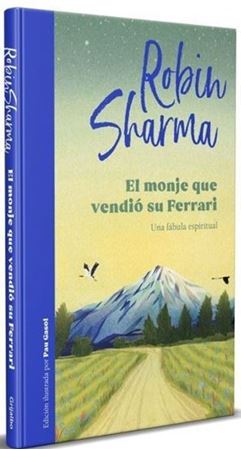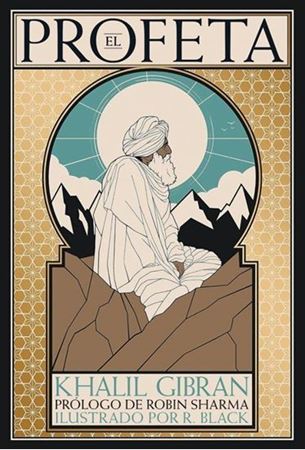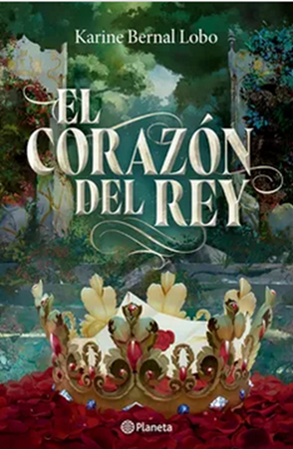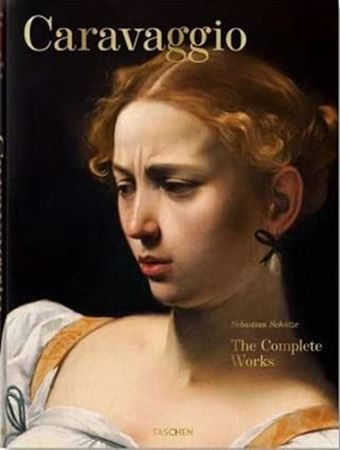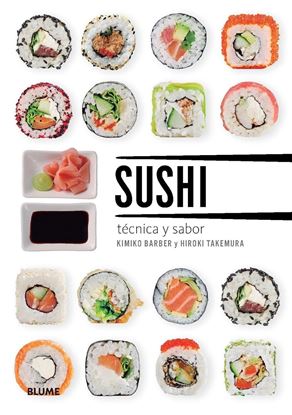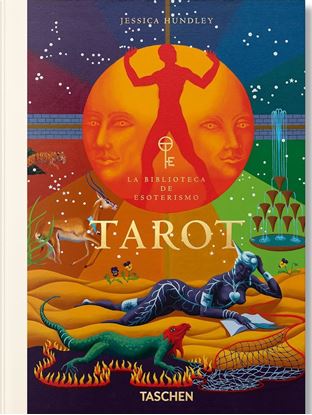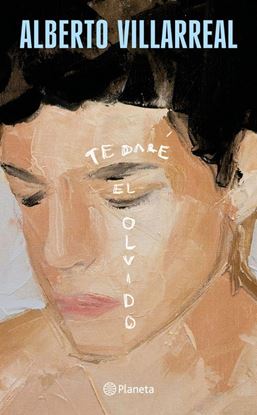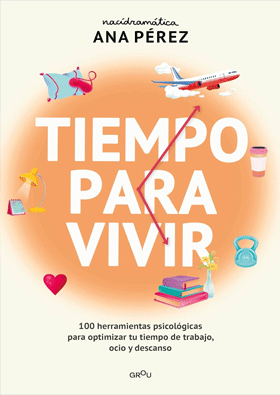

NOVEDADES
SUSHI. TECNICA Y SABOR (2025)
La guía definitiva para elaborar sushi se ha actualizado con geniales recetas que incluyen las últimas tendencias. * Explore los sabores frescos y la gran variedad del sushi, desde sushi prensado, enrollado y relleno hasta las especialidades más actuales, en cuenco, bolas y burritos. * Recetas fáciles de preparar y fotografías del proceso paso a paso, que le ayudarán a dominar las técnicas de corte y modelado necesarias para preparar sushi y sashimi en casa. Imprescindible para cualquiera que quiera elaborar sushi auténtico. El sushi no es más que 'arroz aromatizado con vinagre, con un relleno o cobertura de pescado o marisco crudo, marinado, curado o cocido, hortalizas o huevo'. En Japón, el sushi es muy popular; no solo se disfruta de él en establecimientos públicos, sino también en casa, con toda la familia. A nivel internacional, es la comida más célebre de Japón. El aspecto formal y sofisticado del sushi puede hacer sentir incómodas a algunas personas. Por suerte, no existen normas de conducta estrictas; no obstante, sentirse a gusto con la etiqueta no solo le ayudará a relajarse, sino a disfrutar más de la comida. En Japón, el ambiente de los restaurantes de sushi es íntimo pero relajado; procure que así sea cuando disfrute de sushi en casa. En este libro encontrará algunos consejos prácticos para ello.
1,300
1,040
TAMAYURA
Tamayura contiene diez relatos con historias que se entrelazan, a veces porque los protagonistas comparten el mismo nombre, otras por su carácter sutilmente sobrenatural, y casi siempre porque tienen el amor —y el dolor que nace de él— como tema central. Cada uno de ellos fue publicado primero en revistas literarias entre 1951 y 1956, años en los que la pobreza y la desolación de un Japón en ruinas traumatizaron a una generación abatida por la derrota en la Segunda Guerra Mundial.
En estos relatos, como en muchas de las obras posteriores de Yasunari Kawabata, la guerra y la rendición de su país marcan un antes y un después en la vida de los personajes, y son hechos históricos que están omnipresentes como telón de fondo. El propio autor los seleccionó para su publicación en esta antología que ve la luz por primera vez en castellano.
Maestro en el arte de desvelar lo extraordinario en lo ordinario, «leer a Yasunari Kawabata es como experimentar un haiku en forma de prosa: conciso, evocador y profundamente conmovedor» (The Independent). Uno de los grandes autores nipones del siglo xx y el primero en recibir el Premio Nobel, «su literatura actúa como un puente entre los paisajes serenos de Japón y las complejidades universales del corazón humano» (The Washington Post).
1,450
1,160
TAN POCA VIDA (10 ANIV.) TD
Cuatro compañeros de universidad se trasladan a Nueva York, donde solo cuentan con su amistad y su ambición para abrirse camino. Willem es guapo, amable y quiere ser actor; JB es un pintor ingenioso y a veces cruel, dispuesto a destacar en el difícil mundo del arte; Malcolm es un arquitecto soñador, y Jude es el joven retraído, brillante y enigmático que pronto se convertirá en el epicentro del grupo. A lo largo de varias décadas, sus relaciones se harán más íntimas y profundas, al tiempo que se teñirán de adicción, éxito y orgullo. Sin embargo, su mayor desafío será el propio Jude, herido para siempre por una traumática infancia.
Para saber qué dicen y callan los hombres, de dónde viene y adónde va la culpa, cuánto importa el sexo, a quién podemos llamar amigo y, finalmente, qué precio tiene la vida cuando ya no tiene valor aquí está Tan poca vida: el libro icónico de las nuevas generaciones, considerado mejor novela del año por la prensa internacional, finalista del Booker Prize y del National Book Award, y uno de los mayores fenómenos literarios de la última década.
1,850
1,480
TAROT. LA BIBLIOTECA DE ESOTERISMO (PO)
Barajas divinas
Una historia visual del tarot
Explorar el tarot es explorarnos a nosotros mismos, y nos recuerda el carácter universal del anhelo de significado, propósito y conexión con lo divino. Esta tradición de 600 años refleja no solo la historia de la adivinación, sino también nuestro viaje artístico y las formas en que los humanos expresamos la historia que compartimos.
1,350
1,080
TDAH EN EL ADULTO
En el colegio te decían que eras inteligente pero vago. Te consideras perezoso, aunque te esfuerzas. Te despistas y no te enteras de lo importante en las conversaciones. Pierdes objetos y nunca recuerdas dónde aparcas el coche. Llegas tarde a todas partes y procrastinas mucho. Cambias de humor sin saber por qué y confundes horas, fechas y lugares. Te aburres con facilidad y dejas las cosas a medias. Haces gastos innecesarios. Interrumpes las conversaciones. Vives en una sensación de caos continuo. Padeces ansiedad o tendencias adictivas. Has visitado psiquiatras y psicólogos, pero sientes que no te entienden.
710
568
TE DARE EL OLVIDO
Abrir el corazón, dejar que se desangre, así entiende Alberto Villarreal la poesía y, en este nuevo libro, rompe con todo lo que nos enseñaron sobre ocultar lo que sentimos y esconder el amor que no encaja en lo que otros esperan.Cada poema de Te daré el olvido habla sin filtros sobre nombrar lo que duele y amar con valentía, sin miedo. Es un testimonio sobre lo difícil que es olvidar a las personas que hemos amado, y cómo su ausencia se vuelve un eco constante en el cuerpo.
995
796



